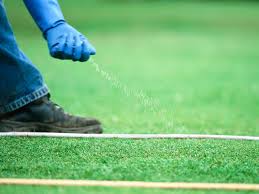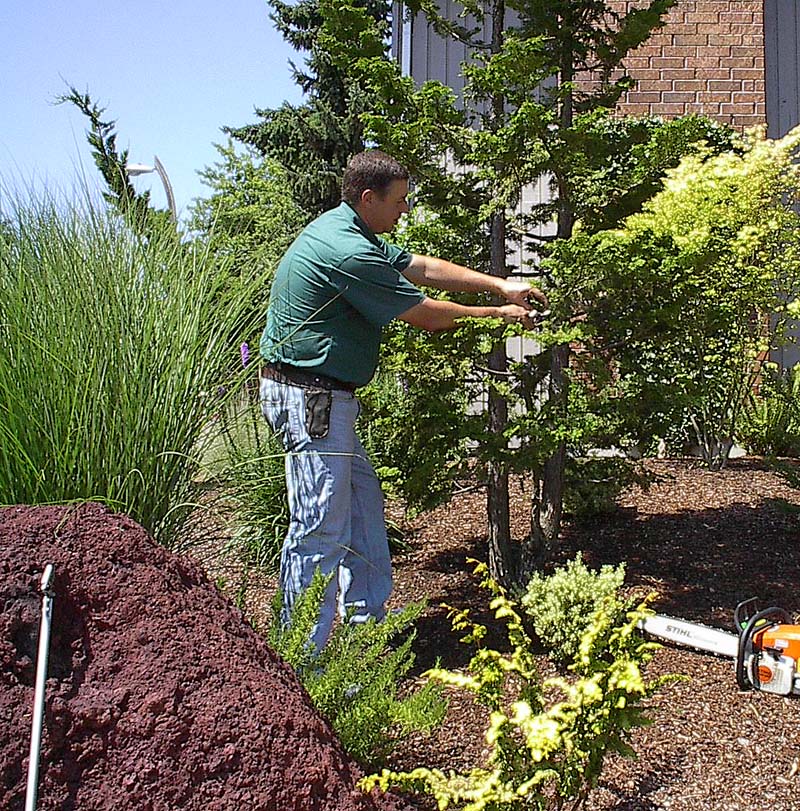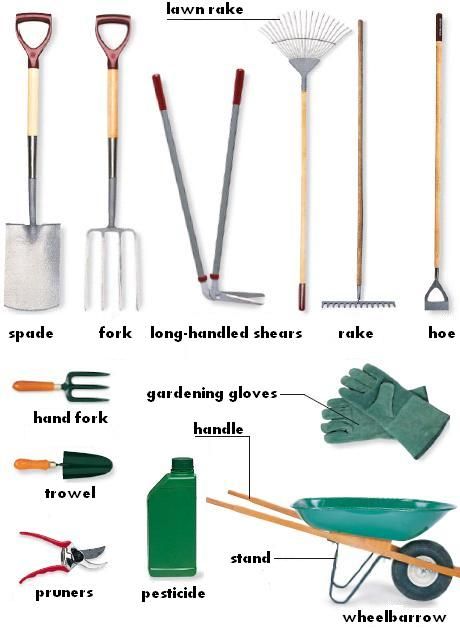Gearing Up For Spring In The Yard
What’s on your spring outdoor to-do list? April is the perfect time of year to get your lawn in shape for the rest of the year. It is also the time to prune some of your shrubs and to get all of your tools in order. A well-rounded spring to-do list looks like this:
- Lawn Care and Spring Maintenance
- Evaluate shrub and trees for pruning needs
- Lawn and yard tool care
- Flower bed care and maintenance
Now that spring has sprung, it’s time to think about creating a beautiful yard that enhances the quality of your outdoor living. Here is a closer look at what to consider for your Wisconsin yard.
Lawn Care for Wisconsin Lawns
April is the perfect time to get your lawn into shape. Start by evaluating your lawns needs. Winter can be hard on grass. To evaluate your lawn, you will need to start by removing all of the dander that piles up during winter and late fall.
- Rake and clean up winter debris as weather allows. This gives you the opportunity to see where the bare spots are and any other issues that your lawn might have.
Care of Bare Spots or Starting a Lawn in a New Spot
Bare spots happen either because of winter damage or by planting the wrong types of grass in shady areas. One of the best things you can do for your yard is to monitor where shade occurs not only throughout the day but also the year. As the sun changes position from season to season, shady areas will increase, or new shaded areas will occur. Shade hinders many types of lawn grass, and that process can create bare or thin areas of grass. 
April is a great time to repair thin or bare spots in your lawn. Here’s how.
- Reseed bare spots, and establish a new lawn, if you desire.
You will need to lay down grass seed at various times of the year to get and maintain that beautiful lawn you see in magazines. However, it is not as easy to grow an award-winning lawn as just throwing down grass seed. Some grass grows best when the weather is cool. Other types of grasses love the warmer weather. Spring in Wisconsin is cool, and the soil temperature is cool.
Now is the time to put down cool weather grass seed. The process is called overseeding. As the cool weather grass grows, thin spaces will fill in and begin to look lush. Bare spots require a little extra work. To repair a bare spot in your lawn, start by:
- Select a cool weather grass, such as Kentucky Blue Grass mixed with 1/3 volume of cool weather rye grass. You might have to mix this yourself. Both types of grass work well together, and they will help to fill in bare spots fairly quickly.
- Rough up the soil so that it has about a 1/2 inch depth. Grass seed only needs a very light covering.
- Spread the seed evenly so that new growth will be consistent.
- Every two weeks you will need to add another layer of seed simply by sowing the grass seed over the top of the newly sprouted grasses. This process is lightly referred to as overseeding as you are placing new seed over newly sprouted seed.
- Mow the entire lawn to remove the upper layer of grass blades. An ideal height for a lawn is anywhere between 2 1/2 to 3 1/2 inches tall. Set your mower to 3 1/2 inches and give the lawn a haircut. When mowing the lawn for the second time, drop the mower by 1/2 inch until the grass is to the height that you like. Never cut the lawn so that the grass blades are less than 2 1/2 inches in height as this is the lower end of optimal for healthy grass.
- In May, you will need to amend your grass seed recipe to include a warm weather variety of grass. As summer approaches, the cool loving grass will begin to slow down, and you want the warm weather grass to take off. This is the master trick to keeping a lawn beautiful all year long. This process is also called overseeding because you are taking advantage of the grass’s nature by mixing cool loving grasses with warm, loving grasses. The idea is that as the seasons change, one type or the other will be growing “like a weed” while the other is becoming dormant.
- At the end of April, you will want to overseed your entire lawn with warm, loving grass seed so that your entire lawn gets a pretreatment for the end of the cool weather and the beginning of the warmer weather. This will help your entire lawn to maintain it thick, lush, look all year long.
- Use a crabgrass herbicide to the lawn and any areas that you overseed. This will help the seedlings by removing crabgrass which is a voracious competitor of lawn grasses.
Shrub Care
 Evaluate shrubs for pruning needs. If the shrub is evergreen, it probably does not need pruning as these tend to grow slowly. If your evergreen shrub needs shaping, just prune the branches back to just inside of the ideal growth zone. This will hide the trimmed branches and encourage them to send out new leaves.
Evaluate shrubs for pruning needs. If the shrub is evergreen, it probably does not need pruning as these tend to grow slowly. If your evergreen shrub needs shaping, just prune the branches back to just inside of the ideal growth zone. This will hide the trimmed branches and encourage them to send out new leaves.
If your shrubs are deciduous, then determine when they flower. Most deciduous shrubs flower either in spring or summer. For spring flowering shrubs, you will need to wait until after the shrub has flowered to prune it. This is because the flower buds are already on and pruning will remove them.
If your shrub flowers in winter, then evaluate if the buds have emerged. If they have, you will have to wait to prune the shrub until after the plant has finished blooming. If the buds have not set on the branches, then prune the shrub.
Pruning shrubs can help to keep them in beautiful shape and will encourage them to bloom more the following year. Most flowering shrubs produce flower buds the season before they bloom so be sure to add pruning to your Fall and winter to-do list.
If the trees in your yard need pruning, consult with an arborist. Trees are a valuable part of your landscape, and their care requires an expert. Trees, like shrubs, can usually be shaped and trimming is needed to protect your home and roof from limb damage.
Get Your Tools in Order
Spring and summer are busy times in the yard. To make your job easier, maintain your lawn tools. Start with your power tools. Have blades sharpened and anything with a  gas motor should be tuned up so that it performs with efficiency.
gas motor should be tuned up so that it performs with efficiency.
Move on to your hand tools. Sheers, shovels, axes, and saws should all be sharpened so that you do less work and the tool works at peak efficiency.
Restock your yard care supplies by replacing fertilizers, herbicides, and anything else that you need to maintain your yard, flower beds, and gardens.
If you have flower beds, consider ordering new mulch to help supplement them. A two-layer approach is good.
The lower layer should be a mulch that quickly decomposes which will help to feed the flower bed while the top layer should be showy and made with thicker chips that decompose slower.
We did warn you that April was a busy month for yard care. Putting in the work now makes it easier throughout the year to maintain a beautiful yard. At Design Custom Homes, we are all about beautiful living spaces and your outdoor living space is one of the most overlooked areas. If you want more information about adding outbuildings, gazebos or pergolas just let us know. We not only build beautiful homes, but we build outdoor living structures such as outdoor kitchens, patios, and outdoor fireplaces. We help you live the good life. Reach out to us for design ideas or questions about projects you are considering for your yard.
